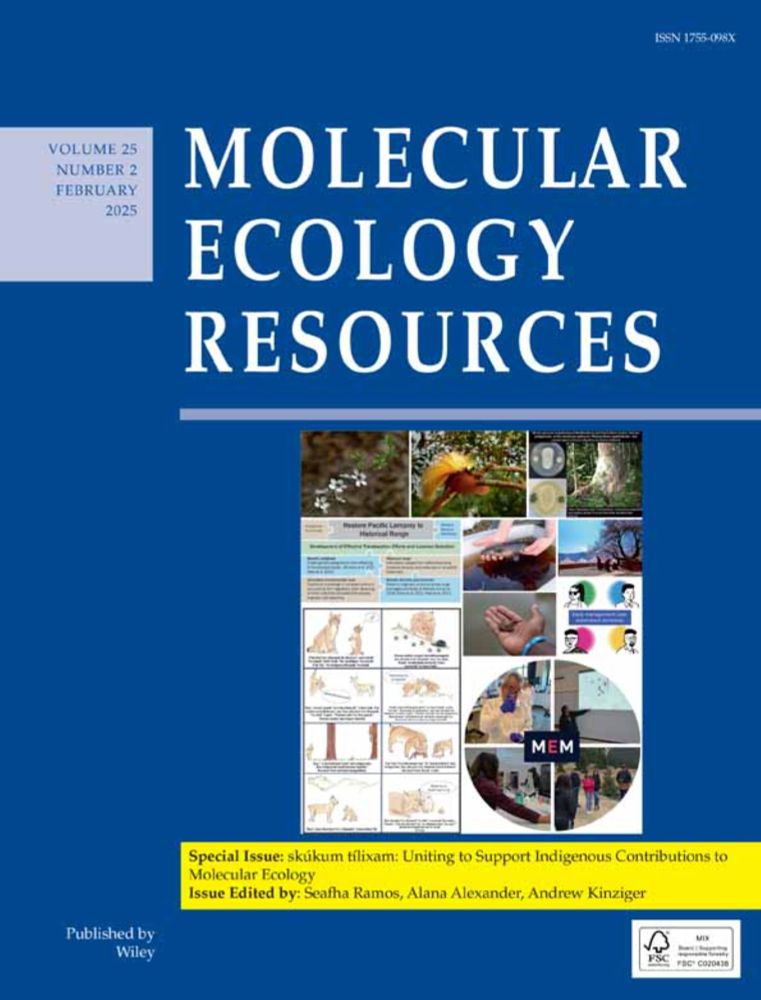Great 2-day workshop with students from @ethz.ch and
@uzh-ch.bsky.social. I was amazed to see how naturally everyone was able to pick up watercolor techniques and vision.




Great 2-day workshop with students from @ethz.ch and
@uzh-ch.bsky.social. I was amazed to see how naturally everyone was able to pick up watercolor techniques and vision.




“Navigating Past Oceans: Comparing #Metabarcoding and #Metagenomics of Marine Ancient Sediment eDNA”
DOI: doi.org/10.1111/1755...
We dive into 8,000 years of marine life from Skagerrak sediments to show what different tools tell us about past #oceans! 🌊🧬

“Navigating Past Oceans: Comparing #Metabarcoding and #Metagenomics of Marine Ancient Sediment eDNA”
DOI: doi.org/10.1111/1755...
We dive into 8,000 years of marine life from Skagerrak sediments to show what different tools tell us about past #oceans! 🌊🧬
onlinelibrary.wiley.com/doi/10.1002/...

onlinelibrary.wiley.com/doi/10.1002/...


